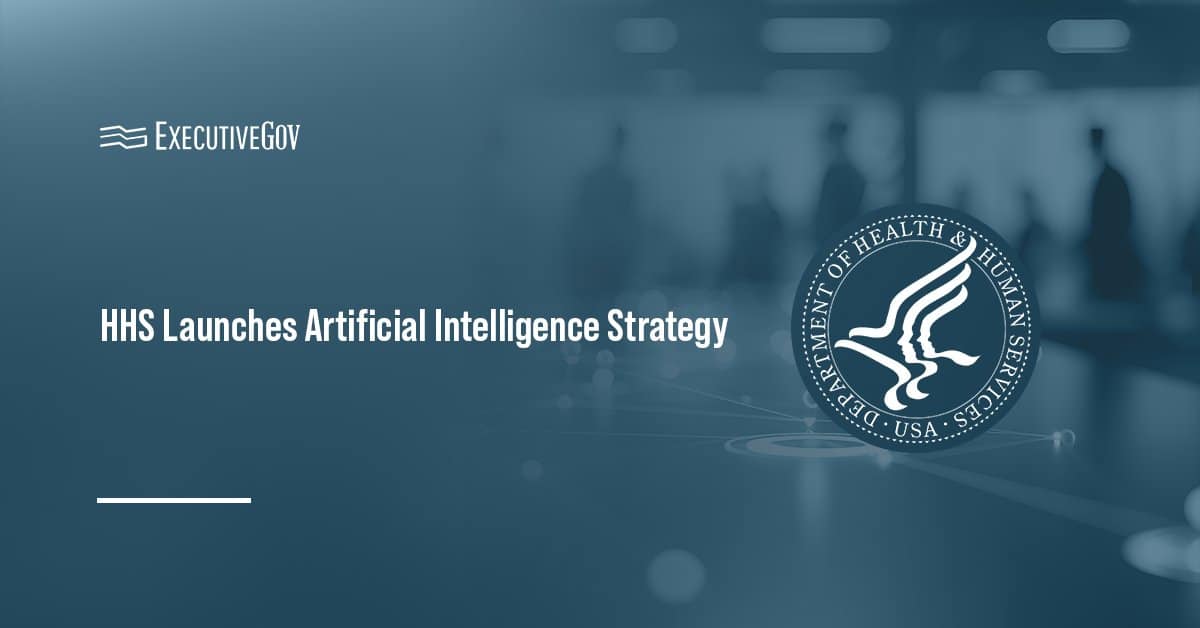
NASA and the Canadian space agency have completed a mission to refuel a spacecraft via a Canada-made robot, NASA Spaceflight reported Tuesday. Goddard Space Flight Center developed the Robotic Refueling Mission payload to test tools and techniques supporting in-space satellite refueling.
Dextre, Canada’s space robot, operated tools to inject methane into the RRM3 module’s source tank. RRM is a payload of the International Space Station. RRM3 also served as storage for liquid methane over a four-month period.
This demonstrates a reduction in fluid loss and nullifies the requirement for oversized tanks. The recent mission marks the third RRM and follows two previous entries in 2011 and 2015. RRM3 demonstrated storage and super-cold cryogenic fluids, differing from the previous missions.





